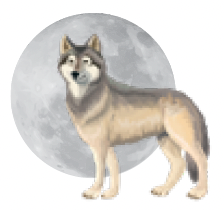
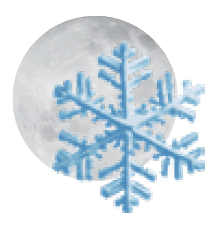
JANUARY/FEBRUARY
It may seem early, but it is time to get started with your gardening plan for 2025. Here are some simple tips to ready for the coming spring.
PLAN: If you don’t already have a journal dedicated to your garden this is a good time to get one. Cut out ideas and images from magazines (like UGJ!), brochures, and seed catalogs. Set aside a day or several to draw up plans for new plantings and garden layouts. It’s a great time to dream. Make some notes about what new flowers and vegetables you might like to start in the coming spring and create a list of seeds you like to order.
TOOLS: Even if you gave your tools a good cleaning and sharpening in the fall, it is a good time to recheck them for rust and sharpness. Take apart snipping tools with a screwdriver and clean the joints. Oil the blades and hinges.
SEED STARTING: A few seeds can be started inside in late winter. Some veggies and herbs, like broccoli, cabbage, parsley, rosemary, and several others can be started by the end of February. Your seed packets are your best guide.
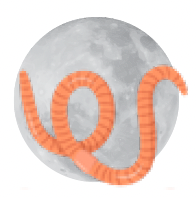
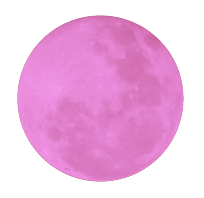
MARCH/APRIL
TREE MAINTENANCE: Check for winter damage. If there are branches that need to be removed because of disease, clean your tool with rubbing alcohol between each cut. You can also start to prune trees, except for “bleeders” like maple and birch.
PRUNE SHRUBS: Shrubs that bloom on new wood, like roses, can be pruned back in early spring. Shrubs that bloom on old wood should be left alone until after they bloom. This includes spring bloomers like forsythia and lilac.
INSPECT SEED STARTING EQUIPMENT: Disinfect seed trays or buy new ones. After cleaning with soap and water spritz with hydrogen peroxide and let dry. Or you can use a very weak bleach solution(one part bleach to nine parts water).
START SEEDS: Check seeds packets for plants that can be started now and start seeds as instructed.
DIRECT SOW: Some veggies (beets, leeks, spinach, etc.) can be sown or planted outdoors in April or as soon as the ground is workable (a handful of dirt is crumbly and temperatures are in the fifties). Direct-seed cool-season vegetables such as carrots, beets, radishes, kale, and onions. Plant lettuce, kale, and collards in mid-April for a June harvest.
BIRD FEEDERS: Clean bird feeders of winter muck and buy new, high-quality seed and suet.
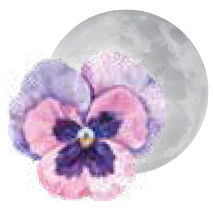
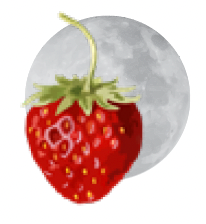
MAY/JUNE
HARDENING OFF: It’s time to harden off any seeds you started inside. Be patient and keep an eye on cold snaps and wind. Don’t get too eager to plant, though, as it is often best to wait until Memorial Day or when the soil is about fifty degrees to plant annuals and vegetables like tomatoes and peppers.
CHELSEA CHOP: In early May to early June, you can do the“Chelsea Chop.”* This satisfying deep trim of flowering perennials like sedum, hardy geraniums, phlox, and more will help those plants thrive and produce flowers. While you’re at it cut back to the ground one-third of the oldest stems of weigela, forsythias, and spiraea.*
The” Chelsea Chop” is so called because it is usually carried out at the end of May, coinciding with the Royal Chelsea Flower Show.
GENERAL GARDEN CARE CHECKLIST
Support or stake taller flowering plants.
Put in tomato trellises before the plants get too big.
Check for signs of insects (chewed leaves, puncture wounds, sticky substances, trails in leaves) or disease (yellow leaves, stunted growth, signs of fungi) on all of your plants. Check under the leaves of tomato, potato, pepper, and eggplant hornworm eggs. Look for Spotted Lanternflies and their egg masses. Keep an eye out for scarlet-red Lily Leaf beetles. Handpick and smash Mulch your garden beds.
Mulch out, not up, and keep mulch from touching tree trunks.
Do a midseason tool cleaning and sharpening.
Split and move (or share with friends) perennials.
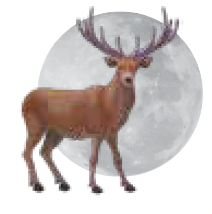
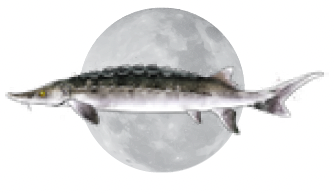
JULY/AUGUST
TRIM AND PRUNE: Cut reblooming roses back slightly. You can also prune woody plants before autumn.
JOURNALING: This is a great time of year to sketch or photograph your garden for the journal you started back in January. Creating a map or saving labeled and dated photos with help you remember where you planted things next spring as well as consider what worked for and what didn’t. Make sure to take notes about how the weather affected your garden over the summer.
PREP FOR FALL: Order bulbs for fall planting to get the best selection of varieties.
FIRST HARVEST: Garlic is ready when the leaves are yellowing. Harvest beans, cucumbers, zucchini, eggplant, peppers, tomatoes, etc.so that plants continue to produce.
BIRD FEEDERS: Give your bird feeders and birdbaths a deep cleaning, so that birds will continue to visit your yard and stay healthy. If you are interested in birdwatching, make notes in your journal about what birds visited your garden this summer and what food or flowers they were attracted to.
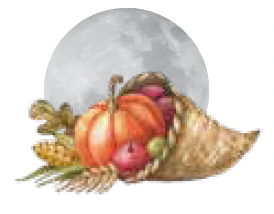

SEPTEMBER/OCTOBER
It’s time to continue the harvest!
SHARING IS CARING: This is a great time of year to move, divide, and share perennials and any extra items from your harvest.
PLAN FOR WINTER INTEREST: Leave the seedheads of astilbe, black-eyed Susan, coneflower, daisy, sunflowers, etc. intact to provide food and shelter for birds and wildlife. Do not trim back the stalks of certain plants that overwinter better with the protection of the old stalks. This group includes mums, lavender, culinary sage, red hot poker, and milkweed. Leaving these intact also provide visual interest in your winter garden.
PRESERVING: Start canning, freezing, and drying herbs, fruits, veggies, and decorative flowers.
GENERAL PLANTING: Many perennials do well when planted in the fall, including hellebores, coral bells, hostas, and many more. Your local nursery can help guide you and often offer great deals in the fall.
September: Plant radish, kale, spinach, and lettuce. Evergreens, including conifers, should be planted by mid-September.
October: Plant lower bulbs like tulips and daffodils as well as corms such as crocus. Onions, garlic, cabbage, and carrots do well when planted in October.
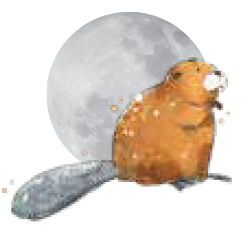
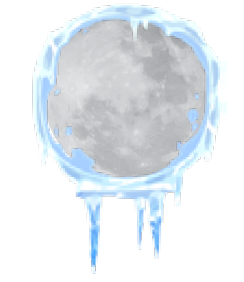
NOVEMBER/DECEMBER
HARVEST WINTER VEGETABLES: Once we have experienced a few frosts—but before the ground freezes—turnips, parsnips, Brussels sprouts, and carrots can be harvested. Whatever you don’t harvest should be covered with straw to keep the ground around them from freezing.
FINAL PROTECTION: Add straw to the strawberry bed. Pine needle straw works very well if you have some handy. Tie down climbing rose canes to protect them from freezing winds.
FINAL CHORES CHECKLIST
Clean, sharpen, and store garden equipment.
Drain hoses and shut off water spigots.
Sharpen lawn mower blades before storing.
Reduce the fertilization of your indoor plants until early spring.
Clean bird feeders one more time and change bird food to include sunflower and nyjer seeds and perhaps a suet cage.
Views: 10





